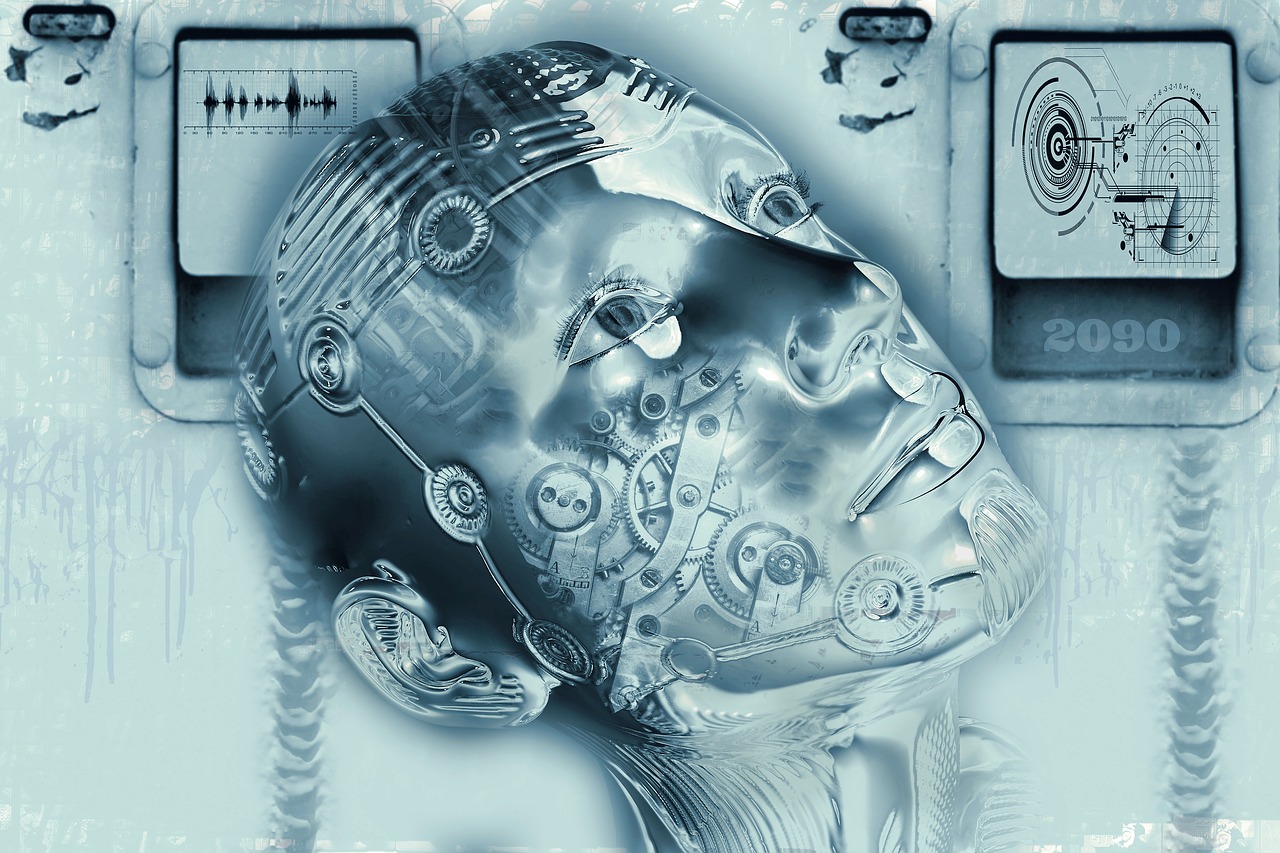“Give me five minutes with a candidate, and I know enough”
We all know the manager who knows it all. Generally, he is also a very good selector. If he interviews a candidate for a position, basically a handshake and a couple of questions are enough to determine his verdict. Just to be polite, he fills the remaining 40 minutes with additional questions, but the answers of the candidate just confirm his initial opinion.
Although there is ample scientific evidence, that the interview is a poor selection instrument, many organizations still use it extensively, and they give room to poor selectors to select future talent.
Wider talent sourcing
With good workforce analytics, we can determine the characteristics that differentiate the high performers in our organization from the average performers. If we ask a sample of both groups to do some additional gamified tests, we have richer information. We add some future proof skills to the mix, and then we can ask the machine to find candidates in the market that have the capabilities and personality we are looking for. The usual criteria, as education and experience, are becoming less important. Name, gender and ethnicity are ignored by the machine, and as a result we get a more diverse pool of candidates.
“Hello, my name is Tom, and I am a chatbot”
The pool with candidates is approached by a chatbot. The chatbot uses the preferred channel of the candidate (Facebook messenger, WeChat, WhatsApp). Some screening questions are asked (“Are you interested?” “Are you willing to move?”, “What are your salary expectations?”). Tom, the chatbot, asks remaining candidates if they want to play some games, to further test their suitability. Finally, Tom submits the short list to the recruiter, for a final check. Tom can work very fast, as he can approach many candidates at the same time.
Testing can be fun
There are several ways, to test the capabilities, personality and preferences of candidates in a fast, effective and attractive way. There are solutions, where candidates are asked to answer some questions using and app on their phone. The answers and the facial expressions are analyzed. In other solutions, the candidates must play some games or do some quick tests. A Big 5 personality test can be administered in minutes, where is would take half an hour or more in the past.
Interviews still add value
The interested candidates that have survived the chatbot and the tests, are invited for some structured interviews. Of course, it remains important, for candidates and organizations, to look each other in the eyes. Is there a good cultural fit? Do you have specific requirements we should consider? The transcripts of the interviews are also rated by others afterwards, just to minimize possible bias.
The candidate experience is measured along the way, to check if candidates have a positive experience and where improvement is possible. In general, candidates like speed, they like to be tested and they like to be able to learn from real people.
Closing the loop
After candidates have become employees, they are followed and measured. The quality of the predictions in the selection process is tested, and the data is used to continuously improve the sourcing and selection process. Artificial intelligence (AI) is there to help us, and the combination of the sound judgment of people in combination with AI, can improve people management a lot.
About the author:
Tom Haak is the director of the HR Trend Institute. The HR Trend Institute follows, detects and encourages trends. In the people and organisation domain and in related areas. Where possible, the institute is also a trend setter. Tom has an extensive experience in HR Management in multinational companies. He is also one of the founders of the HR Tech Community.


Hinterlasse einen Kommentar